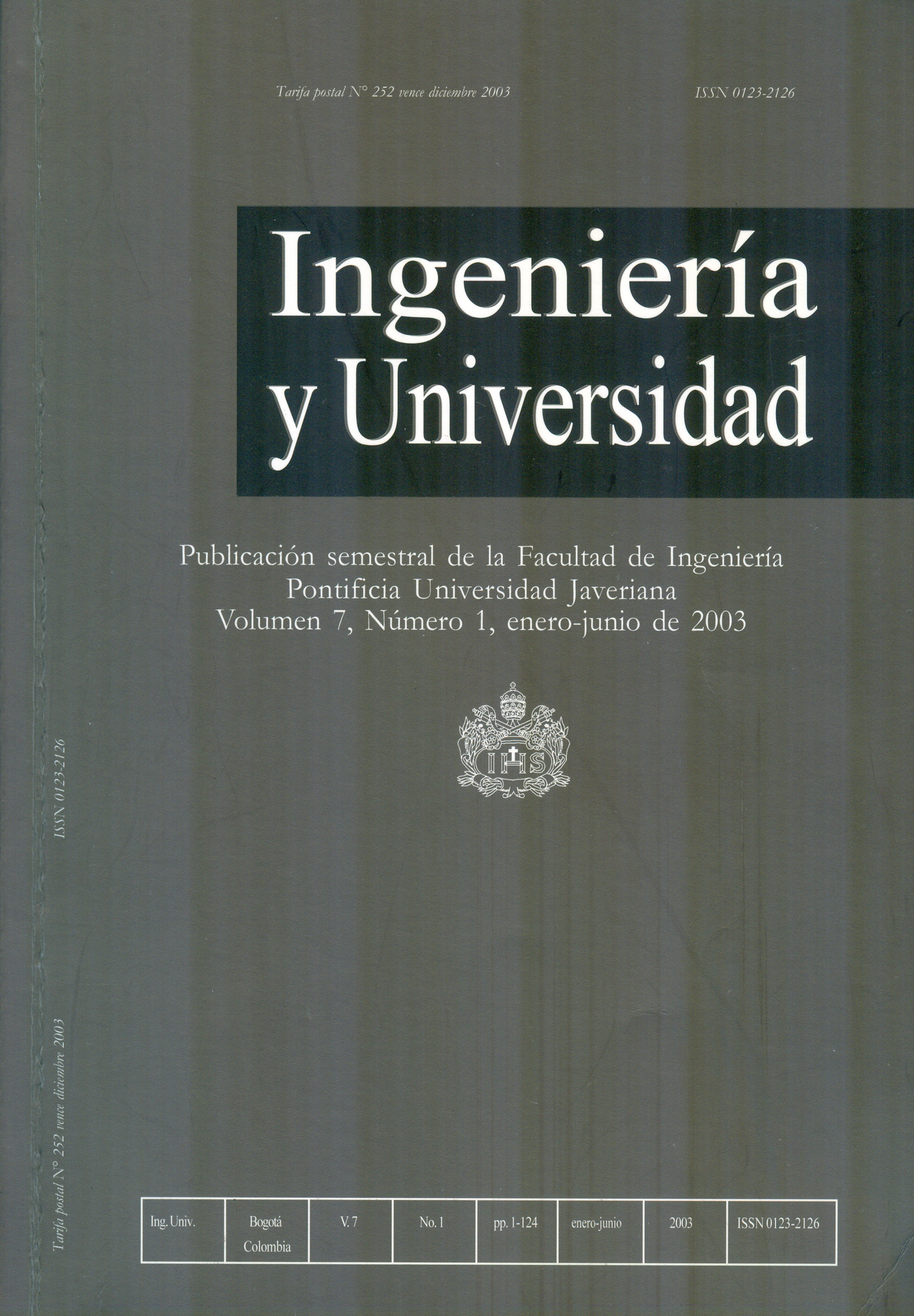Abstract
The high availability írnplementatíons provided by J2EE container manufacturers are based on two basic concepts: replication of services over a cluster and load balancíng usíng static policies. Static policies do not use the internal execution state of each machine in the cluster to decide which computer will be employed by the load balancing system. This feature allows the presence of hotspots - overloaded server. In this paper we present a solution to this problema based on a model of dynamic proactive policies. A dynamic policy uses the cluster's internal execution state to make the decisions about load balancing. The execution state considered by the proactive policy consists ofvariables related to the hardware platform, operatíng system and J2EE platform where the business application is deployed. Some of the variables considered are: threads loaded, %CPU available, business transaction per second, used memory among others. The load balancíng system can take advantage of knowing these variables to make more equilibrated and efficient decisions. The solution is general and could be implemented on any certified J2EE implementation. However the model was implemented on JBoss Application Server 3.0.0.
ALLAMARASJ, S., K. AVEDAL, R. BROWETJ, J,Diamond (2001), Professional Java Server Programming: J2EE edition, Bírmíngham, Wrox Press.
BAN, B. (2001), JavaGroups User's Guide. Fujitsu Network Cornmunications, en: http://www.javagroups.org
BEA System (2001), Achieving Scalability and hígh Availability for e-Business. Clustering en Bea WebLogic Server. Bea White Papers. San Jose, California, en: http://www.bea.com/whítepapers/
BEA System (2001), Planning Webl.ogíc Server Clusters. San José, California, en: http://edocs.bea.com/wls/docs61/cluster/planning.html
BEASystem (2001), Cluster Features and Infrastructure. San José, California, en: http://edocs.bea.com/wls/docs61/cluster/features.html
BLOSSEJR., (2001), Explore the Dynamic Proxy APIUse dynamic proxíes to bríng strong typíng to abstract data types" Javaworld, en: http://www.javaworld.com/javaworld/jw-11-2000/jw-1110-proxy_p.html
CECCHETE,., J. MARGUERITWE,. ZWAENEPO(E20L02), Performance and Scalability of EJB Applications, Rice University, OOPSLA'02. ACM1-58113-417. ECPerfBenchmark Specification (2001), en: http://java.sun.com/j2ee/ecperf/
FLEURY, M., N. Stark (2002), JBoss Admínístratíon and Development "Jboss 2.4.x ", Sams.
GAMMA, E., R. Helm, R. Johnson (1999), Desígn Patterns: Elements of Reusable Object-Oriented Software, Addison-Wesley.
HANIK, F. (2002), Clusteríng Technologíes in Memory Session Replicatian in Tamcat 4.0. The ServerSide J2EE Cornmunity, en: http:/ /www2.theserverside.cam/resaurces/article.jsp?l=Tomcat
HARCHOL-BALTER, M. (,2002), Task assígnment wíth unknawn Duratian. Carnegíe Mellan University. ACM 0004 -5411/02/0300, Pittsburgh.
Java Community Process (s.f.), Community Development of Java Technologíes Specifications, en: http://www.jcp.org
Java Management Extensions Specification (2002), en: http://jcp.org/aboutJava/communityprocess/final/jsr003/index2.html.
Java Platform Debugger Architecture Guide (2002), en: http://java.sun.com/j2se/ 1.4.1 /docs/guide/jpda/.
JEWELLT, T. (2000), EJB 2 Clusteríng with Application Servers. The O'really Network, en: http://www.onjava.com/lpt/a//onjava/2000/12/15/ejb_clustering.html.
LABOURESY, S. ,B. Burke (2002), JBoss Clustering. Atlanta: JBoss Group, LCC.
LABOURESY., ,B. Burke (2002), Clustering with JBoss 3.0. The O'Reilly Network, en: http://www.onjava.com/pub/a/onjava/2002/07/10 /jboss.html.
LIU, J. (2002), Research Project: An Analysis of JBoss Architecture. School of Information Technologíes. University of Sydney, en:http://www.cs.usyd.edu.au/-jennyliu/jboss.html
Rice University Department of Computer Science, INRIA (2002), Rice University Bidding System Benchmark (RUBIS), en: http://www.cs.rice.edu/CS/Systems/DynaServer/RUBiS/
ROMANE.,, S. Ambler, T. Jewell (2002), Masteríng Enterprise Java Beans, second edition, New York, Willey Computer Publishing.
STARK, S., TheJBoss Group (2002),JBossAdministration and Development "Jboss 3.0.x', second edition, Atlanta, JBoss Group.
SULLINS, B., M.Whipple (2002), JMX in Action, Manning Publications.
Sun Microsystems (2002), J2EE Platform Specífícatíon, en: http://java.sun.com/j2ee/
TPC Benchmark W. (Web Commerce) Specification (2001), Transaction Processing Performance Council, San José, California, en: http://www. tpc.org/tpcw/ default.asp.

This work is licensed under a Creative Commons Attribution 4.0 International License.


